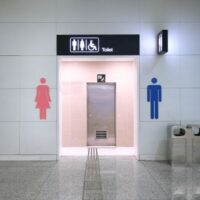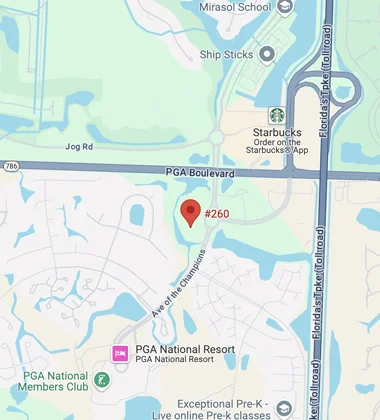Ensuring Access For All: The Importance Of ADA Accessible Restrooms In Public Accommodations

Imagine a world where the simple act of using a restroom becomes an insurmountable challenge. For millions of individuals with disabilities, this is an unfortunate reality. However, thanks to the Americans with Disabilities Act (ADA), public accommodations have a legal obligation to ensure that everyone, regardless of their physical abilities, can access restrooms with dignity and ease. Below, we delve into the significance of ADA accessible restrooms, the features of such accessible restrooms, and the benefits they bring to both individuals and businesses alike.
Understanding the ADA and Its Implications:
The Americans with Disabilities Act (ADA) was signed into law in 1990 and represents a landmark piece of legislation that protects the rights of individuals with disabilities. Among its numerous provisions, the ADA mandates that places of public accommodation, such as restaurants, theaters, and hotels, must provide accessible facilities, including restrooms, to ensure equal access for all. These accessible restrooms not only provide convenience but are also a testament to society’s commitment to inclusivity and equal opportunities for every individual.
Features of ADA Accessible Restrooms:
ADA accessible restrooms are designed to meet the specific needs of individuals with disabilities. They feature various elements to enhance accessibility, such as:
- a) Entrance and Layout: Accessible restrooms should have an entrance with sufficient width to accommodate wheelchairs and mobility devices. The layout should allow for maneuvering space inside the restroom.
- b) Grab Bars and Handrails: Strategically placed grab bars and handrails provide stability and support for individuals with mobility challenges.
- c) Sinks and Counters: Accessible sinks and counters are designed at a lower height, allowing individuals using wheelchairs to comfortably reach them.
- d) Toilets: ADA-compliant toilets are higher in height and equipped with grab bars for stability. These features ensure safety and ease of use for individuals with limited mobility.
- e) Signage and Accessibility Symbols: Clear signage with accessibility symbols helps individuals locate accessible restrooms easily.
Benefits of ADA Accessible Restrooms:
- a) Independence and Dignity: Accessible restrooms enable individuals with disabilities to use public facilities independently, promoting their dignity and self-reliance.
- b) Equality and Inclusion: Providing ADA accessible restrooms demonstrates a commitment to inclusivity, ensuring that people with disabilities have the same opportunities as others to participate fully in public life.
- c) Legal Compliance and Avoidance of Litigation: Failure to provide accessible restrooms can lead to legal consequences, including lawsuits and fines. Complying with ADA requirements helps businesses avoid costly legal battles and negative publicity.
- d) Enhanced Customer Experience: Accessible restrooms cater to a broader range of customers, including people with disabilities, the elderly, and individuals with temporary injuries. This improves customer satisfaction and loyalty.
Overcoming Challenges:
Implementing ADA accessible restrooms may present challenges to businesses, such as limited space or structural constraints. However, several solutions exist to address these obstacles:
- a) Retrofitting: Businesses can modify existing restrooms by installing grab bars, lowering sinks, and adjusting fixtures to meet ADA requirements.
- b) Temporary Solutions: In cases where permanent modifications are not feasible, businesses can provide portable or temporary accessible restrooms as an interim measure.
- c) Collaborative Efforts: Engaging with disability advocacy groups and experts can provide valuable insights and guidance on creating accessible spaces within the constraints of existing infrastructure.
Creating inclusive environments is a collective responsibility, and providing ADA accessible restrooms in places of public accommodation is a crucial step toward achieving that goal. By embracing accessibility, businesses and public establishments can ensure equal opportunities, foster inclusivity, and enhance the overall experience for all individuals.
If you would like to know more about your rights or responsibilities under ADA’s reasonable accommodations rules, please contact Sconzo Law Office. You can call 561-279-6114 or check us out online to schedule a no-cost case review with a Palm Beach County employment law attorney who will provide details.

